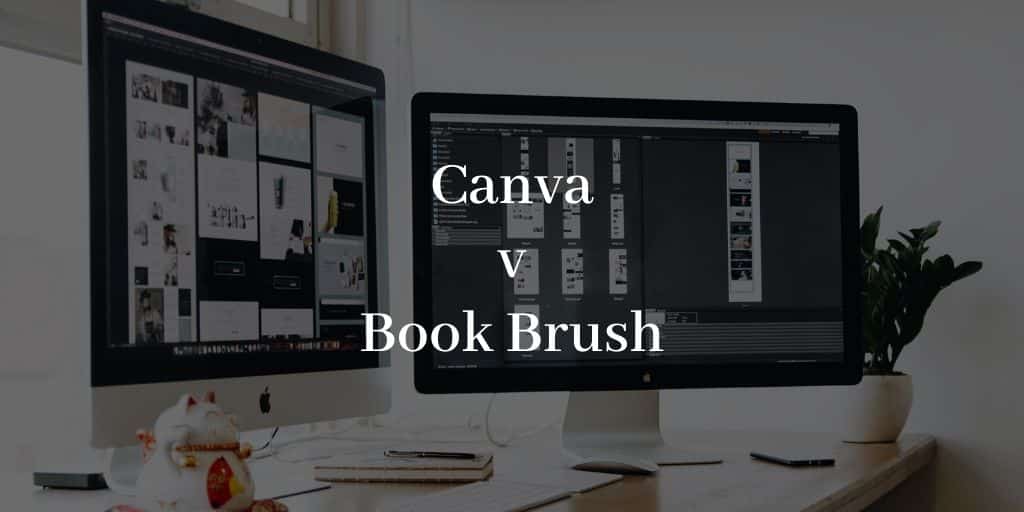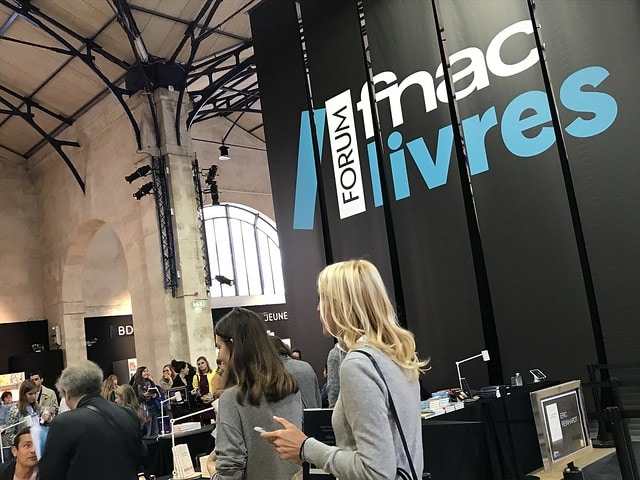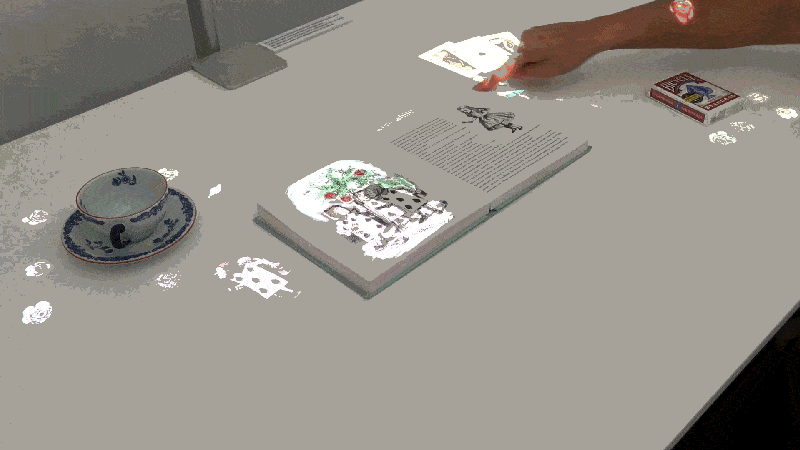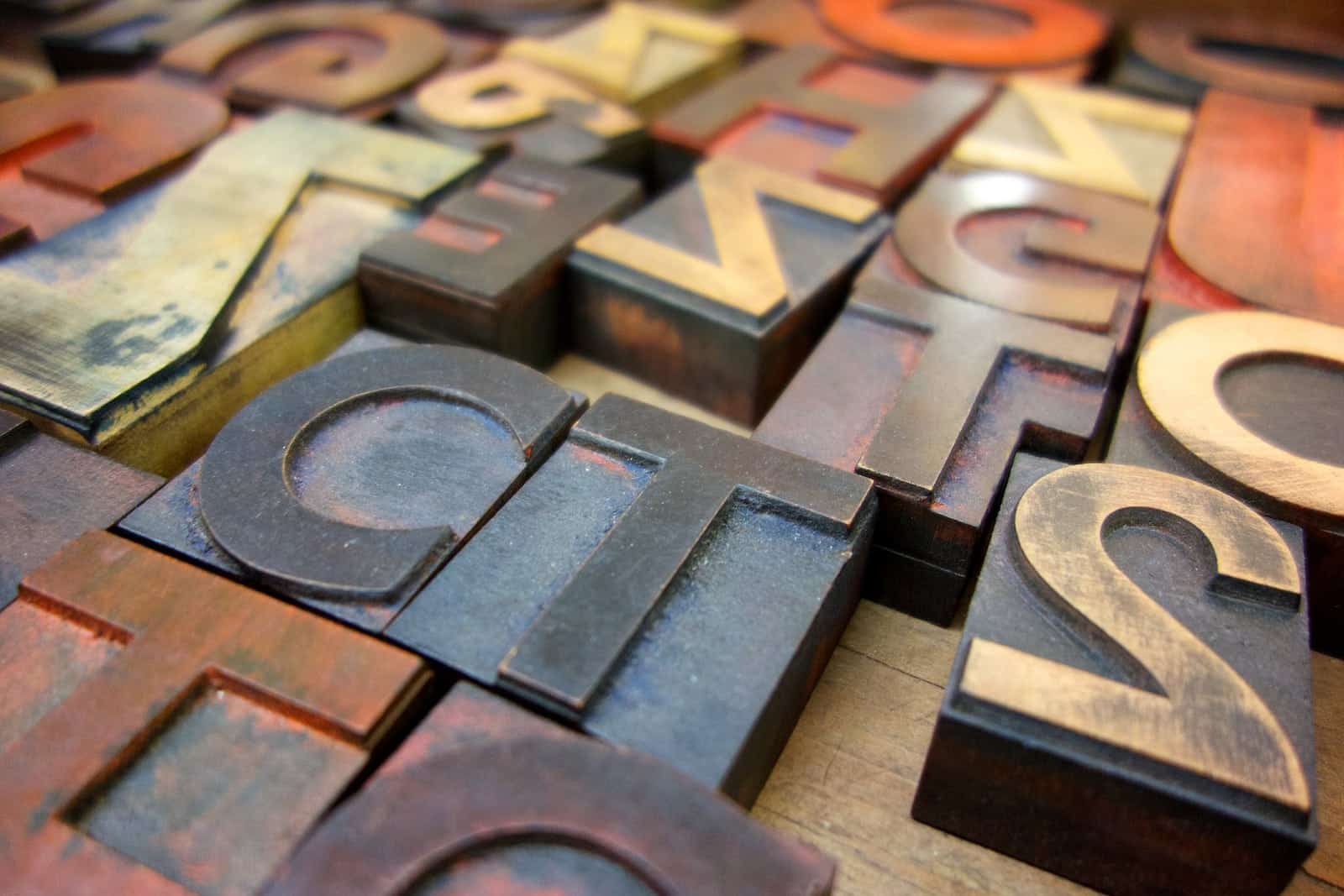Canva v Book Brush


Hiring a designer can run into the thousands of dollars, and paying for an Adobe license can cost over $600 (and that’s the annual price for a single user – the price goes up from there). Fortunately there are a number of online tools, both free and paid, that you can use to design your graphics.
I have previously posted a list of free online tools that you can use to do various things like remove the background, check an image’s metadata, convert from one format to another, and even disassemble Adobe project files.
Today I would like to talk about two paid tools, Canva and Book Brush.
This post was originally intended to be a review, but I don’t know that you can really compare the two given that they serve such very different purposes. One is an online Photoshop replacement, while the other is a niche tool specifically designed for making marketing materials for selling and promoting books. There is so little overlap that if I had to pick one over the other, I would have to choose based on what I needed to do today rather than which one is the better service.
Full Disclosure
I have received no compensation from Canva, nor have I paid for its premium service. With Book Brush, I was comped with a plus service plan in March 2019. I have not actually used that plan much because I am not really Book Brush’s intended audience.
I have however used both sites enough to talk about what they can do.
Canva
Canva is so capable that it might be better to discuss what it can’t do. Basically, it is an online replacement for Adobe Photoshop that has certain limitations. You cannot, for example, upload a PSD file and work on it, nor can you download a project and work on it elsewhere. What you can do is design something in Canva and then download an image file, a PDF (for print or for online use), or a video (this feature is still in beta). Canva also recently added websites as a design option, but I haven’t had a chance to use it yet.
So what can you make with it? At this point, you can make just about anything that can be defined by its width and height (this includes multi-page PDF documents). Canva has many different stock sizes, including the usual social media graphics as well as standard web ad sizes and even designs intended to be printed (such as business cards, bookmarks, flyers, and postcards).
I can’t possibly list all of Canva’s stock sizes, but even if I did I’d be missing about half its abilities because you can use it to make just about anything if you know the dimensions of what you want to make. For example, I buy ads in conference program guides, and each ad has its own specific size. That’s not a problem for me because Canva makes it easy for me to design a graphic to fit the dimensions of one specific program guide. Then I copy the text and image from an old ad to the new one, rearrange them so they look good, and inside of ten minutes I have an ad ready to be submitted.
I started using Canva when I needed stock book covers, and I later branched out into using it to make flyers, blog graphics, infographics, business cards, bookmarks, signs, and ads to run in program guides at conferences. I even use Canva to make the lead magnets for my mailing list (these are typically 3-to-7 page PDFs).
When I begin a new project in Canva, I generally look for a pre-made design that looks good (there are usually dozens of options for any project you want to make). I then customize it with my content, and tweak the design to make the colors pop and improve the layout.
Sometimes I will even discard the original design, and just keep my alterations, but either way, the result looks professional.
Book Brush
Where Canva tries to do everything, Book Brush gives you tools to accomplish specific tasks. These tools include Instant Mockups, Box Set Creator, Video Creator, and Custom Creator.
I do not have the skill to show off the video creator, but I can show you the other three.
Box Set Creator

I used stock spines and a cover image from my dummy folder to make this box set image in about ten minutes. This was literally the second one I made, and I think it’s almost (I can do better) good enough to use for real.
Unfortunately, I don’t see a way to save a previously made box set image so I can come back and edit it later, but Book Brush does save both the cover and the spines, so it only takes a few minutes to remake a box set image.
Instant Mockup
This tool is really simple and incredibly useful. It lets you insert one of your book covers into pre-made stock photos. You can put your book’s cover on the screen of a tablet or smartphone, on a print book, or even (I’m not kidding) in a Polaroid.
Here are several of the mockups I made. This represents about half of the mockups I downloaded (the rest had white along one edge of the cover, or otherwise didn’t come out well).
Custom Creator
The Custom Creator lets you make a graphic you can use when promoting your book in an ad on Facebook, Twitter, BookBub, or Amazon. You can also use it to make a header image for your Facebook or Twitter profile, or a bookmark, business card, or postcard-sized flyer. You can start with a pre-made template (just add your book cover and text) or you can start from scratch.
This is the one part of Book Brush that comes closest to being a direct competitor to Canva, albeit one with a strong focus on promoting your book. You even have the option of designing a graphic with custom dimensions.
Final Word
So which do I think you should use?
Ideally, both. These two sites serve such different purposes that there is very little overlap. They are really more complimentary than competitors, so I think you should use whichever one is better suited to the immediate task.
That said, learning how to use these tools can take time. It takes practice to make graphics that both look good and effectively promote your books, and if you don’t have time to really learn how to use both tools then you should focus on whichever one you find the most useful. For me, that’s Canva, but that is mainly because I need to make more general marketing materials rather than a graphic to sell a book.
But if you do decide to use both sites, you’re probably going to wonder which one is worth paying for, and I would have to say Book Brush. The thing is, I have used the free version of Canva for over three years now, and I haven’t found a good reason to pay its annual fee ($119.40).
With Book Brush, the opposite is true; the free version was so limited that I upgraded almost immediately.
Have you used the two sites? Which one do you prefer?








Comments
Allen F March 25, 2020 um 11:16 pm
"It’s 2020, and authors are expected to be jack-of-all-trades (even traditionally published authors)."
And it shows what little trad-pub brings to the table for the cut they demand. No wonder more trad-pub writers are turning indie. 😉
Self-Publishing: Carnival of the Indies Issue #116 – min.affpaypaid.xyz May 29, 2020 um 3:58 am
[…] Hoffelder presents Canva v Book Brush posted at The Digital Reader, saying, “Book Brush and Canva are two great online tools for […]